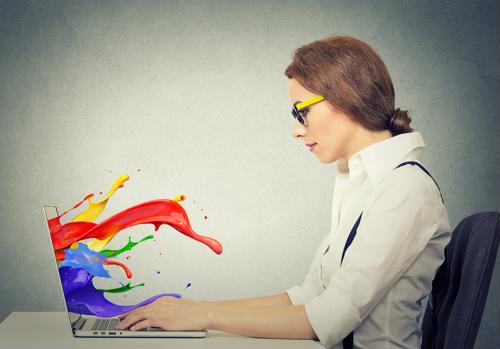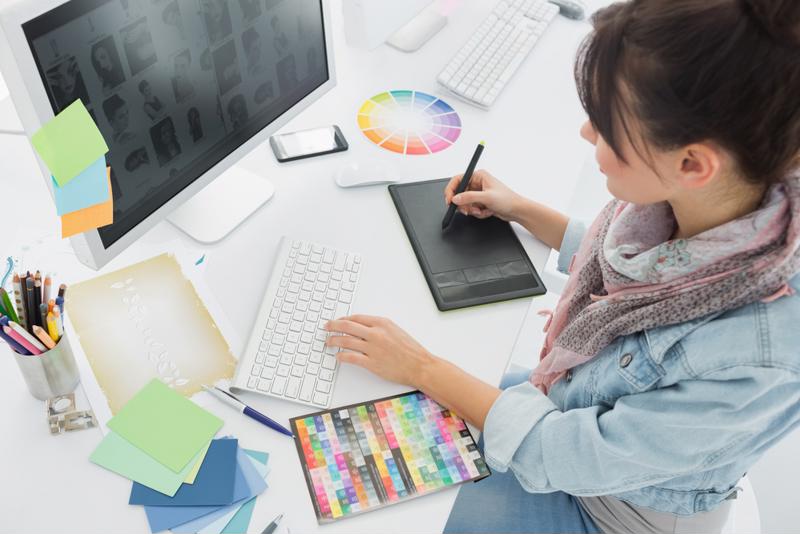The CGI eCommerce revolution: Why the biggest brands aren't wrong


Is this image CGI?!
When you hear the words computer-generated imagery- or the acronym CGI - you probably think about "Jurassic World" and "Gravity" or Gollum and Smaug. You should also think about IKEA.
IKEA is the Lucasfilm of product brands when it comes to CGI.
Last year, CGSociety's Kirsty Parkin wrote about IKEA's rapid adoption of computer-generated product imagery. The famous Swedish brand's Martin Enthed, an IT manager at IKEA Communications, explained to Parkin that the company uses CGI for as much as 75 percent of its product imagery.
More businesses take advantage of CG product imagery than you probably realize. Even if your brand isn't using CGI specifically for product content, it is digitally improving or manipulating photographs with some type of product - Keyshot being just one example. And, to be honest, it makes complete sense.
 It makes complete sense to use CGI for product imagery.
It makes complete sense to use CGI for product imagery.99 problems but product imagery ain't one
CGI product imagery is:
- Optimized for x-Commerce: IRL packaging like 20 pound Dog Food bags have HUGE callouts like "REAL BISON!" or "GLUTEN FREE FOR YOUR POOCH!" that help draw a consumer's eye and close sales in the store. Unfortunately, these callouts are tiny, unreadable, and actually make a package less good-looking when views as a thumbnail picture of the bag in the midst of search results. With CGI you can get a pixel-perfect version of the bag that either omits the unreadable callout or else right-sizes it for an optimized thumbnail experience.
- On time: Brands often need to submit imagery to their retail and distribution partners before a product is finalized. If your product isn't shippable yet, of course you don't have great photographs of it. CGI can get great images to retailers that require them pre-launch.
- Adaptable: When creating lifestyle images, you don't need to be on the mountain to create a photorealistic image when using CGI. Enthed explained it perfectly when discussing how IKEA does imagery: Instead of creating a kitchen scene with dozens of IKEA items scattered around and photographing it in separate ways for each market, the brand makes the whole kitchen with CGI.
- Easier to update: What happens when you introduce a new version or a product? Even if just adding a different color, brands have to reshoot everything. CG product imagery can be updated with a few clicks and drags.
Embracing the future one image at a time
CG product imagery has many other advantages over traditional photography, and by going CGI now, brands will be able to better optimize their products for the digital shelf with the technology for years to come.
Every day Internet retailers ask for more product content, attributes and accurate images. Consumers have expressed their interest in highly interactive product imagery for years now. And, in the age of augmented-reality shopping, brands will be able to show consumers what their products look like on screen and virtually - a point highlighted in a recent Forbes article about Amazon's foray into AR.
As a change leader when it comes to eCommerce at your brand, you know that capitalizing on tomorrow's trends requires capable tech stacks, informed employees and a series of procedures to be put in place today. So, why not have the processes down for that now?
I'm a co-founder and VP at Salsify. Love to hear from you - on the Twitter @gonzofy.
Tag(s):
Omnichannel Commerce Strategy
Written by: Rob Gonzalez
Rob Gonzalez (he/him) is one of the co-founders of Salsify and is also the co-host of the “Unpacking the Digital Shelf” podcast. Previously, he ran product management and marketing for Cambridge Semantics.
Recent Posts
Ecommerce Marketing
|
12 minute read
The Art of the Impulse Buy: 70% of Shoppers Say Discounts Drive Unplanned Purchases — Here’s Why
Read More
Ecommerce Marketing
|
10 minute read
What Does It Take To Have a Good Brand Reputation in 2025?
Read More
Ecommerce Trends
|
11 minute read
What Is Commerce Media — and How Can It Optimize Your Marketing Spend?
Read More
Subscribe to the Below the Fold Newsletter
Standing out on the digital shelf starts with access to the latest industry content. Subscribe to Below the Fold, our monthly content newsletter, and join other commerce leaders.


.svg)